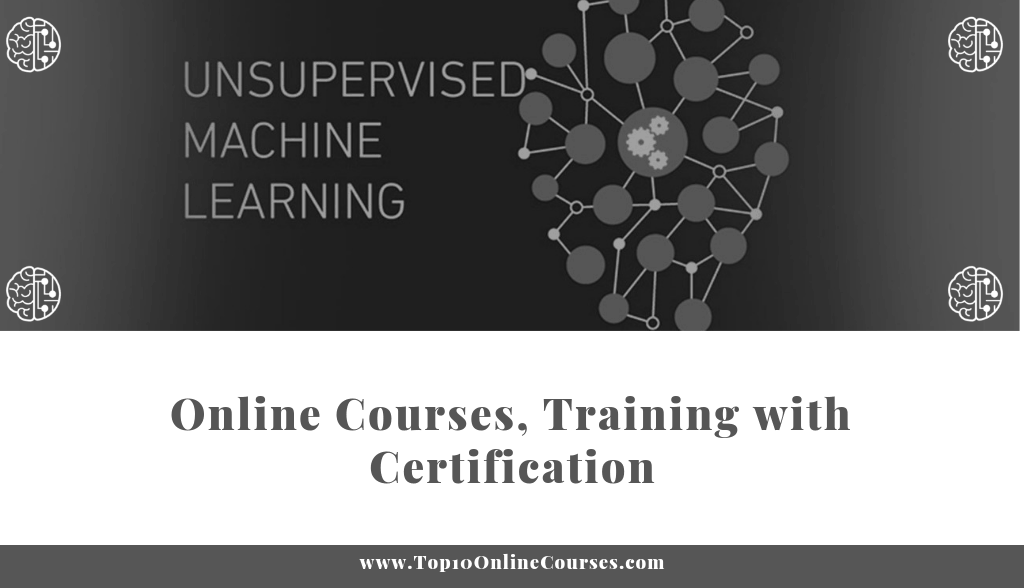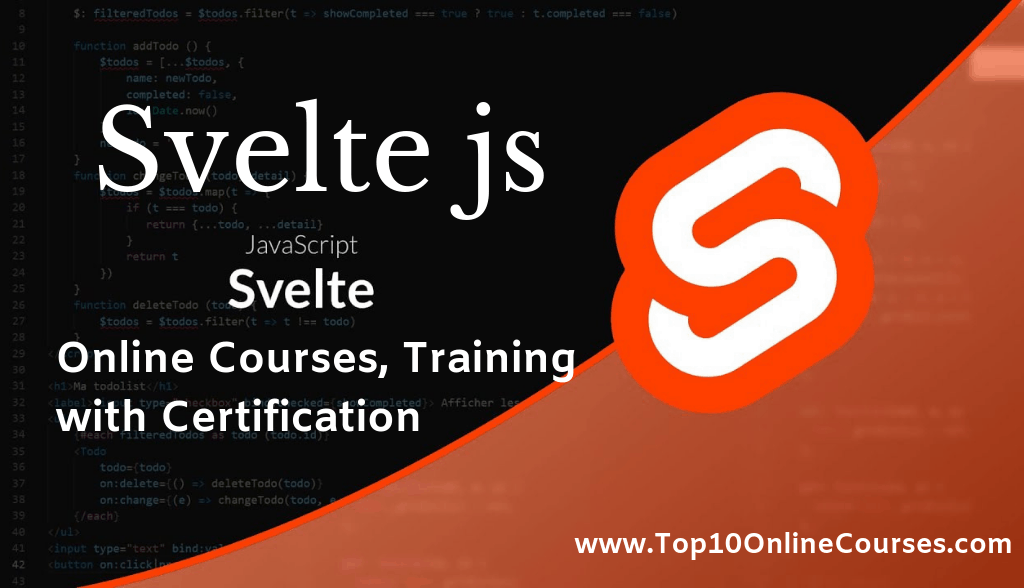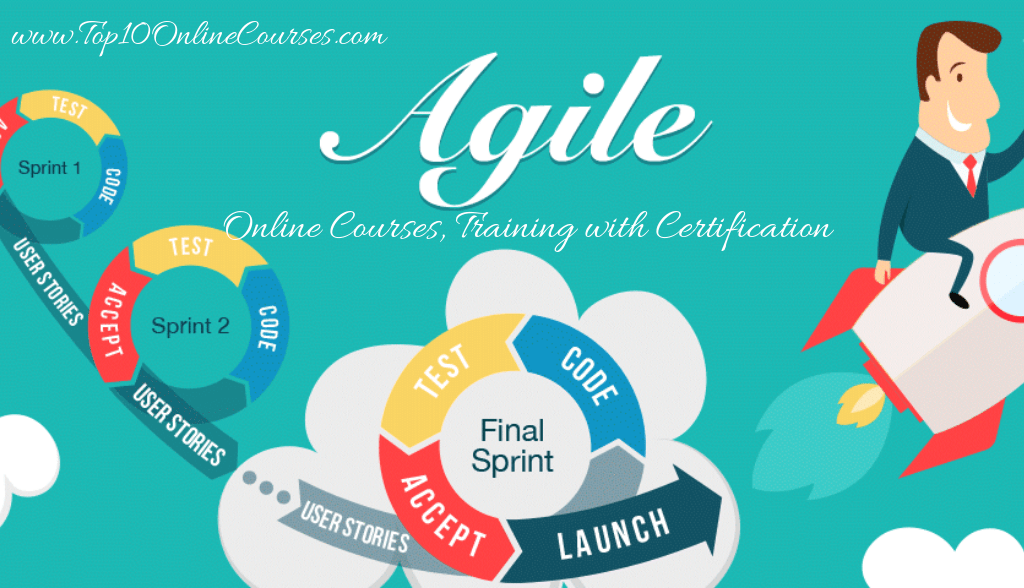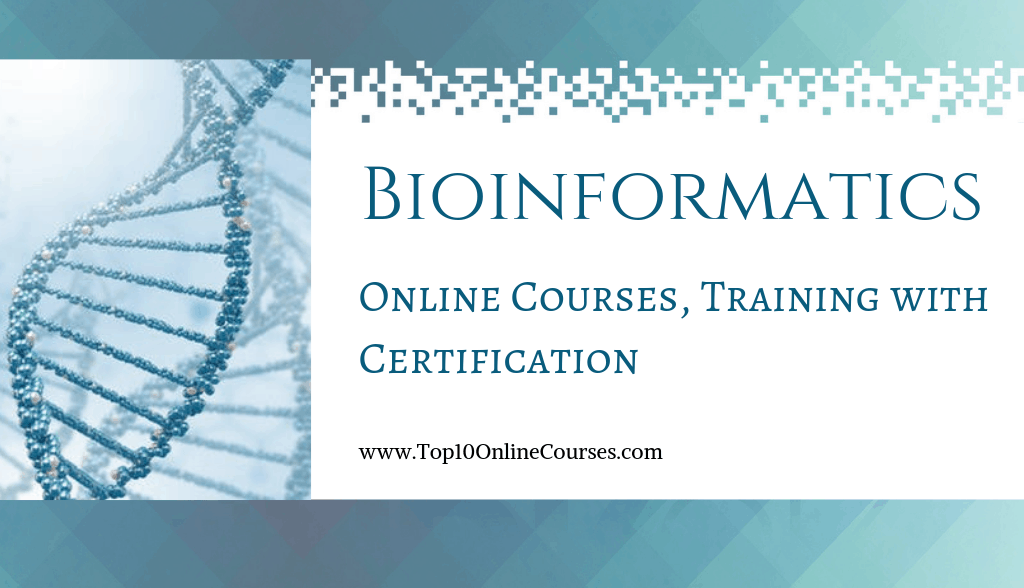
Best Unsupervised Machine Learning Online Courses
Table of Contents
#1 Cluster Analysis and Unsupervised Machine Learning in Python
Cluster analysis is a staple of unsupervised machine learning and data science.
It is very useful for data mining and big data because it automatically finds patterns in the data, without the need for labels, unlike supervised machine learning.
In a real-world environment, you can imagine that a robot or an artificial intelligence won’t always have access to the optimal answer, or maybe there isn’t an optimal correct answer. You’d want that robot to be able to explore the world on its own, and learn things just by looking for patterns.
Do you ever wonder how we get the data that we use in our supervised machine learning algorithms?
We always seem to have a nice CSV or a table, complete with Xs and corresponding Ys.
If you haven’t been involved in acquiring data yourself, you might not have thought about this, but someone has to make this data!
Those “Y”s have to come from somewhere, and a lot of the time that involves manual labor.
Sometimes, you don’t have access to this kind of information or it is infeasible or costly to acquire.
But you still want to have some idea of the structure of the data. If you’re doing data analyticsautomating pattern recognition in your data would be invaluable.
This is where unsupervised machine learning comes into play.
#2 Unsupervised Machine Learning Hidden Markov Models in Python
A lot of the data that would be very useful for us to model is in sequences. Stock prices are sequences of prices. Language is a sequence of words. Credit scoring involves sequences of borrowing and repaying money, and we can use those sequences to predict whether or not you’re going to default. In short, sequences are everywhere, and being able to analyze them is an important skill in your data sciencetoolbox.
The easiest way to appreciate the kind of information you get from a sequence is to consider what you are reading right now. If I had written the previous sentence backwards, it wouldn’t make much sense to you, even though it contained all the same words. So order is important.
While the current fad in deep learning is to use recurrent neural networks to model sequences, I want to first introduce you guys to a machine learning algorithm that has been around for several decades now – the Hidden Markov Model.
This course follows directly from my first course in Unsupervised Machine Learning for Cluster Analysis, where you learned how to measure the probability distribution of a random variable. In this course, you’ll learn to measure the probability distribution of a sequence of random variables.
You guys know how much I love deep learning, so there is a little twist in this course. We’ve already covered gradient descent and you know how central it is for solving deep learning problems. I claimed that gradient descent could be used to optimize any objective function. In this course I will show you how you can use gradient descent to solve for the optimal parameters of an HMM, as an alternative to the popular expectation-maximization algorithm.
#3 Data Science-Unsupervised Machine Learning Using R
Data Science-Unsupervised Machine Learning Using R is designed to cover majority of the capabilities of R from Analytics & Data Science perspective,
- To be a successful data scientist one must be armed with a plethora of tools to tackle the trickiest of problems.
- Data mining, forms biggest chunk of topics that one needs to be trained on to be a good data scientist.
- The unsupervised learning which is a part of Data mining is one of the most important topics.
As a part of this course you will be introduced to a series of topics under this umbrella and will be provided with real life use cases for the same
Best Unsupervised Machine Learning Books:
#1 Unsupervised Learning: Foundations of Neural Computation (Computational Neuroscience) by Geoffrey Hinton & Terrence J. Sejnowski & Tomaso A. Poggio
#2 Markov Models and Unsupervised Machine Learning: Overview of Markov Models in Python with Real-World Applications by Peter Wanjala
#3 Unsupervised Learning Algorithms by M. Emre Celebi & Kemal Aydin
#4 Hands-On Unsupervised Learning Using Python: How to Build Applied Machine Learning Solutions from Unlabeled Data 1st Edition by Ankur A. Patel






